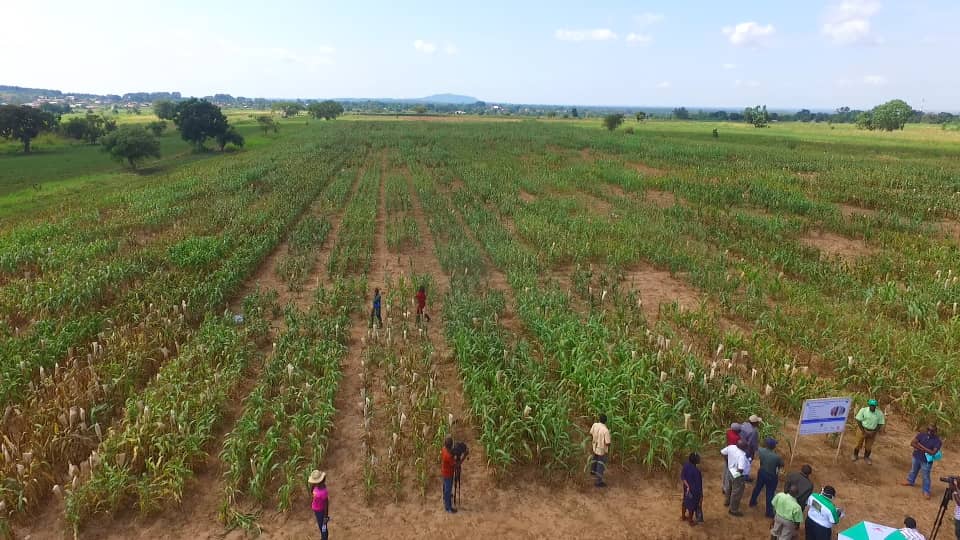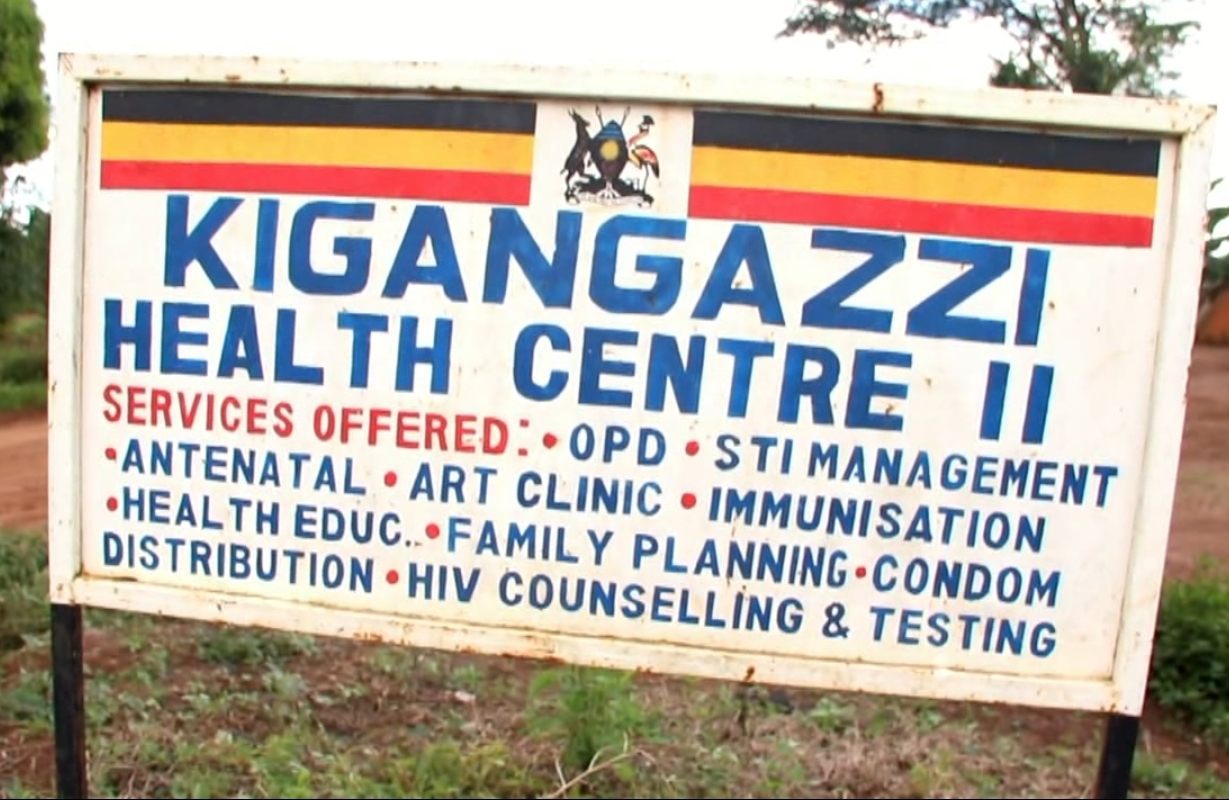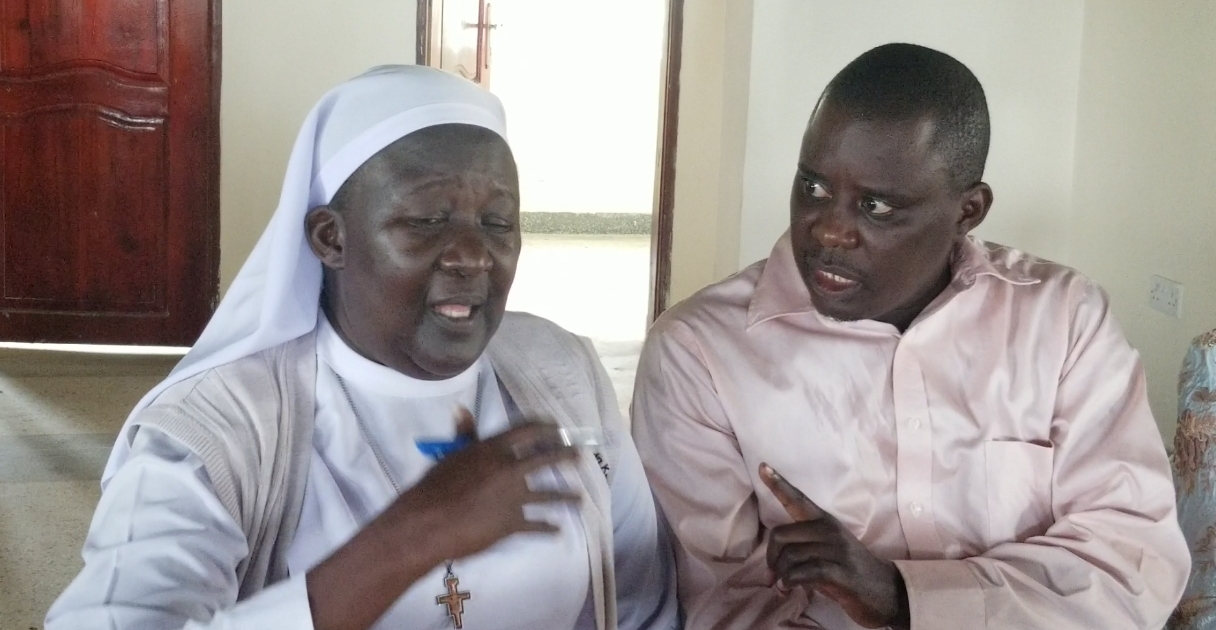26% of Ugandan women are obese- UBOS report

The number of Ugandans who are overweight or obese continues to rise, with the latest report estimating that since 2006, the prevalence has increased from 17% to 26% in 2022.
This is contained in the latest Uganda Demographic and Health Survey (UDHS) 2022 released by the Uganda Bureau of Statistics (UBOS).
Keep Reading
The survey took weight and height measurements of women and men aged between 15 and 49.
According to the survey, 26% of women in Uganda are now overweight or obese, with their Body Mass Index (MBI) being 25 or more.
On the other hand, 9% of women are estimated to be thin, meaning their BMI is lower than 18.5.
Additionally, the survey shows that women in the wealthiest households are five times more overweight or obese than those from the poorest households (45% versus 8%).
Meanwhile, among men, 15% are thin with their BMI being lower than 18.5 while only 11% are obese (BMI above 25).
“Men with more than secondary education (28%) and those from the wealthiest households (21%) are overweight or obese.” the report says.
Infant mortality rate reduces
On a good note, the report shows a decline in the rates of infant mortality rate in Uganda.
Accordingly, the infant mortality rate reduced from 88 deaths per 1000 live births in 2000-01 to 36 deaths per 1000 live births in 2022.
Speaking at the release of the UDHS 2022 report, United Nations representative in Uganda, Susan Ngongi, commended the efforts by the Ministry of Health and stakeholders in improving access to maternal health care which has contributed to the declines in childhood mortality rates.
"These and other improvements reflect the hard work, sacrifice, and dedication of Government, health workers especially those on the frontlines," Ngongi said.
Speaking to journalists, the State Minister for Finance, Amos Lugoloobi expressed concerns over the high prevalence of stunted children, inadequate access to medical facilities, and inadequate access to neonatal, and antenatal services by women, as contained in the report.
However, he said the government is undertaking measures to improve the trends.
“All these, we shall be working in the coming period, particularly through the Fourth National Development Plan to ensure that these indicators ultimately reach the target set out in the Sustainable Development Goals (SDGs) and in agenda 2063 of African Union and our own National Development Plan,” Lugoloobi said.
The 2022 UDHS was the seventh Demographic and Health survey conducted in Uganda since 1989.
According to Chris Mukiza, the executive director of UBOS, the report was designed to provide data for monitoring the population and health situation in Uganda.
“The main objective of the UDHS 2022 was to obtain relevant data on the demographic characteristics, family planning, maternal mortality and infant and child mortality among the Ugandan population.”
He urged the planners, policymakers and the public to utilise the findings from the survey to make informed decisions and guide policy development.
















